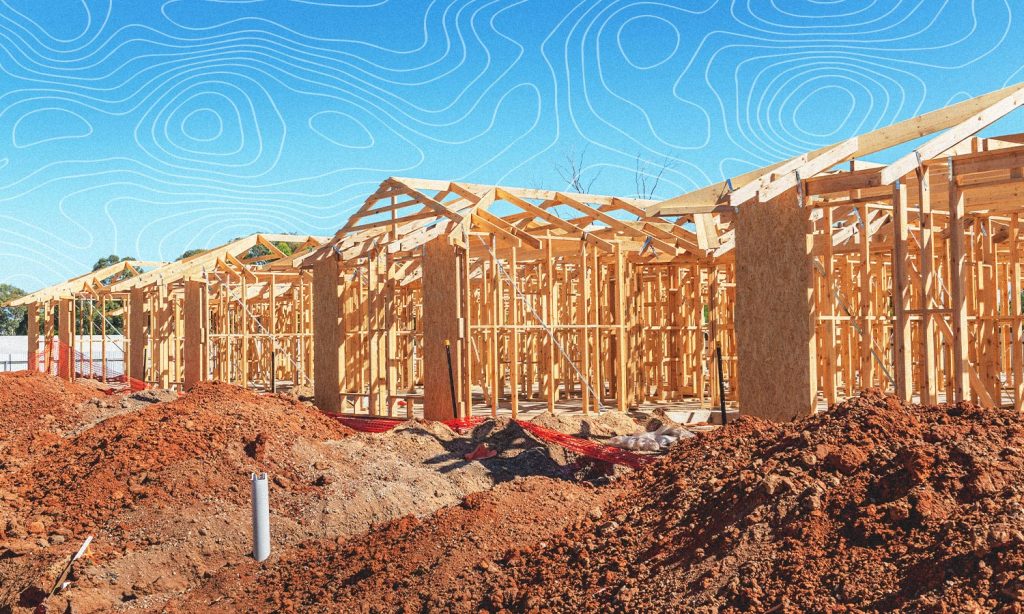Inflation is now officially 7.3% after the latest Australian Bureau of Statistics data revealed that the Consumer Price Index rose another 1.8% over the previous quarter.
This takes the rate of inflation to a staggering 32-year high. We’ve not seen numbers like this since before the internet was even a glimmer in Tim Berners-Lee’s eye.
The most significant contributors to the rise in the September quarter were new dwellings, up 3.7%, the price of gas, up 10.9%, and the cost of furniture, up 6.6%.
“This quarter’s increase matches that of last quarter and is lower than the 2.1% result in the March quarter this year,” said Program Manager of Prices at the ABS, Michelle Marquardt in a statement.
“All three results exceed any other quarterly results [since 2000] and underlie the highest annual increase in the CPI since 1990.”
The ABS has said that the increases come in the form of labour shortages in the construction industry, causing increased labour costs and therefore the price of new homes. Material shortages are also making things worse in this regard.
“However, the rate of price growth in new dwellings eased relative to recent quarters (up 5.6% and 5.7% in June and March quarters), reflecting a softening in new demand and some easing in supply constraints”, Marquardt said.
Food prices continued to rise over the past four months, rising by 3.2%, which the ABS attributed to the increased cost of meals out and takeaway foods., up 2.9%. Higher ingredient costs, wages and transportation are all contributing here.
Fruit is up 6.6% while vegetables are up 2.9% due to the wet weather ruining crops. However, vegetable prices did ease up in September.
Balancing the increases is the falling cost of petrol and diesel, down 4.3%, which continues to drop thanks to the falling price of crude oil.
Underlying Inflation Will Probably Keep Interest Rates Rising
Alright, buckle up because it’s about to get economical.
While the ABS has given us the ‘headline inflation’ figure, what the Reserve Bank of Australia, the ones who keep pushing interest rates and your mortgage payments up, will be looking at is the underlying inflation number.
This is the number you get when you take out tracked items from the consumer price index that have undergone large swings, particularly things like fruit and veg that are considered volatile.
Underlying inflation is what the ABS tracks as the ‘trimmed mean’ – its things that seem to be affected purely by supply and demand factors and not random events like the weather.
The RBA has said that they want to get underlying inflation down to roughly the 2-3% region before they’ll hit the breaks on rising interest rates.
The current underlying inflation rate? 6.1%
“Trimmed mean annual inflation [is] the highest since the ABS first published the series in 2003,” the Bureau writes.
That’s going to freak the RBA out so expect them to smash that interest button and, subsequently, you.
Just What the Hell Is Labor Doing About This?
On the off-chance that you weren’t pouring over budget papers until late in the evening like some of us, Labor’s first federal budget since the election put a lot of emphasis on fixing the cost of living crisis.
Treasurer Jim Chalmers said his three objectives were “responsible cost of living relief, strengthening the economy, and beginning the hard yards of budget repair.”
In terms of cost of living relief, however, there weren’t a whole lot of goodies stuffed into the national stocking this morning. Cheaper childcare, expanding paid parental leave, cheaper medicines, and more affordable housing were all cited as key measures to help us out, but they’re not exactly rapid action moves.
In fronting the media this morning, Prime Minister Anthony Albanese said that he couldn’t just go throwing money at people as that would “feed straight into inflation” and therefore “not help the cost of living.”
“What we had to do was target investment into ways that didn’t add to inflation,” he said.
So, nothing in the short term, but Labor is hoping their investments will lead to stronger wage growth in the future and, through their fiscal responsibility, Australia could avoid being dragged by the rest of the world into the pit of recession next year as many economists are predicting.
It’s a massive claim, and one only really looks good in hindsight if it plays out. For now, the RBA is likely going to continue to hammer us until we stop spending so much.
Related: Doing Good Stuff for the Planet Costs Money and We Don’t Have Any Right Now
Related: What Is Going on With Petrol Prices? Why Fuel Tax Isn’t the Only Thing Raising Costs
Read more stories from The Latch and subscribe to our email newsletter.







